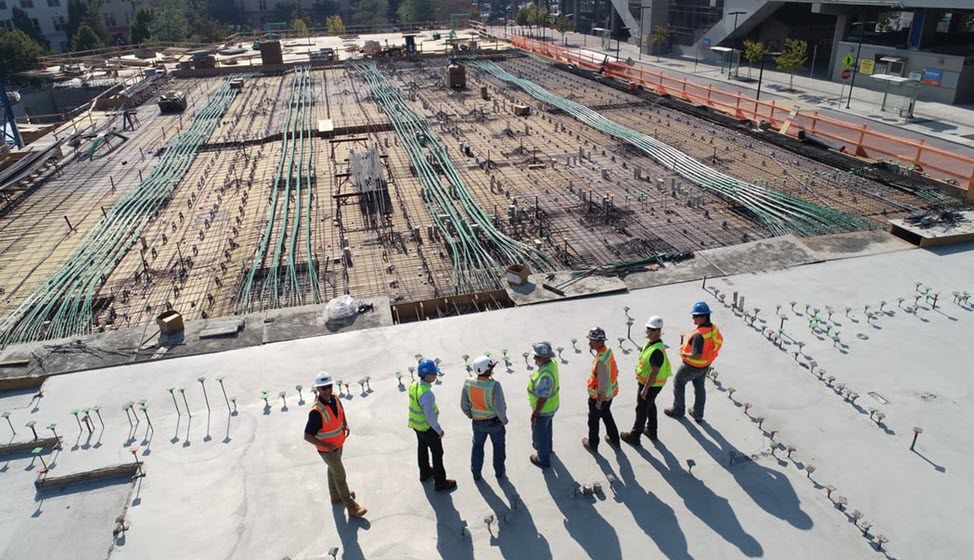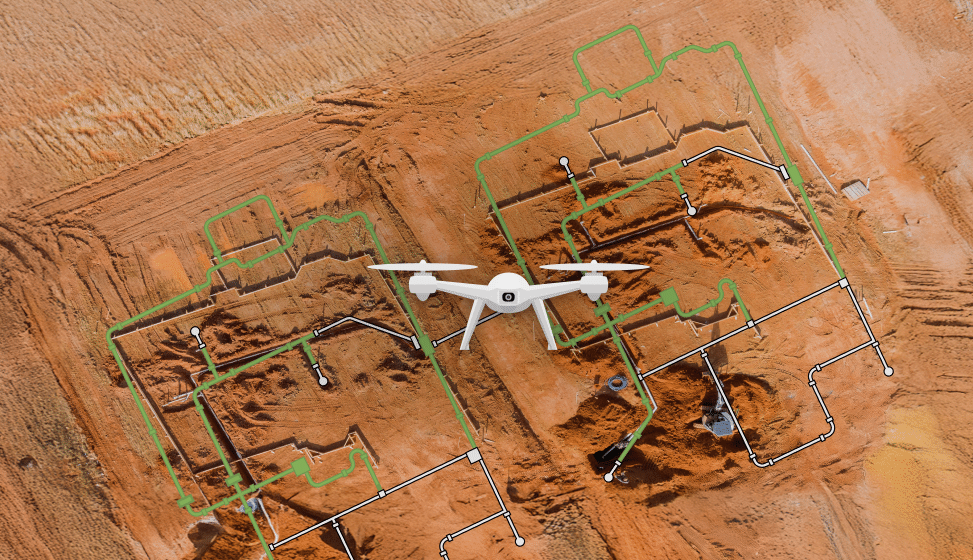Construction Programmes And Execution: Balancing The Conflict

Programmes are vital in any process management, especially in construction. The complexity of the process and all its inter-dependencies means that the difference between one such plan of action to the next could be very significant. To give an obvious example – high-level services are always performed before a ceiling grid is installed, because the other way around would be far more complicated. However, tensions between construction programmes and execution is well known and a familiar story.
Programmes are a plan of action that, if done well, puts you on the path to the best result possible. However, as we all know, nothing ever goes as planned. This requires project teams to constantly seek for alternative paths to deliver on time.
We have yet to see a construction programme detailed enough to reflect the real complexity of activity dependencies on site. The worst case is actually when something is set as a dependent, but the site team disagrees with that determination, causing a later unplanned change in sequence.
A well-built programme also takes into account the resource constraints. But in reality, due to a global shortage of workforce, trades often have a hard time fulfilling their commitments. Material supply and delivery also cause delays for various unexpected (and expected) reasons.
Once these things happen, making continuing as planned impossible, we have a choice between waiting or going off programme. In projects that are so stretched for time as those in construction, waiting is never the chosen option.
The result is an execution process that does not follow the programme but moves forward. Re-planning ahead, while the work is progressing, is also very difficult. We are then faced with a snowball effect that ends with a process being managed based on today’s problems while trying to still oversee and report project status and progress based on an obsolete and irrelevant programme.
Focusing on today's problems is something we call the “Greedy Process Management” approach. With this approach, the team tries to create the most value every day, without thinking strategically about producing the overall best result for the project.
A “Greedy Process Management” approach also sets a challenge in measuring your progress, as there is no definite benchmark to it, such as the programme. Actually, even if you are extremely successful in making the most progress day to day, it still doesn’t mean you will deliver the project on time.
Currently, as re-planning takes a tremendous effort in complex projects, we have no choice but to combine the two methods. Working according to plan as long as it's possible and temporarily taking the “greedy” approach when something happens that requires time to replan.
Making the re-planning process as short as possible would have a tremendous effect on the overall project performance, as each day we follow the “greedy” path, we provide suboptimal results for the project.
How does technology fit into this?
As Chief of Product at Buildots, I am frequently asked about this tension between programme and execution. Planners usually believe a process management product should strictly follow the programme and flag any deviation from it as a mistake. Operational people want a solution that adapts to a changing situation and understands and supports the complexities of the reality of the construction site.
The answer to this question is that as a technology provider, we have to support all worlds. This requires two sets of tools. The first is helping the team continue in a way as close to the programme as possible when problems occur. The second is making re-planning as easy and efficient as it can be, so that a new programme to follow is available as soon as possible. We can’t choose sides, and actually what we aim to do is to help eliminate the “sides” altogether.


